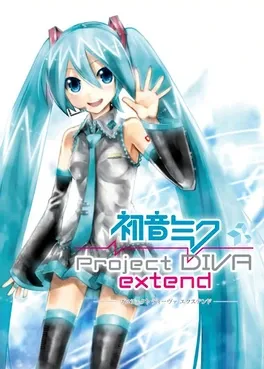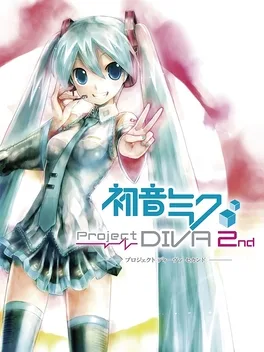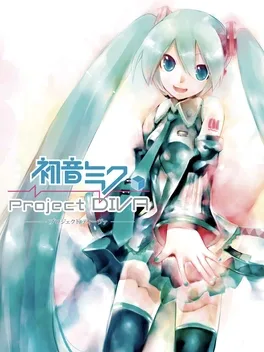Popular games built on game engine Alchemy

Hatsune Miku: Project Diva Extend is a rhythm game and an enhanced version of the 2010 title, Hatsune Miku: Project Diva 2nd. Like the original the game primarily makes use of Vocaloids, a series of singing synthesizer software, and the songs created using these vocaloids most notably the virtual-diva Vocaloid Hatsune Miku. The gameplay remains the same as in the previous game, but Extend features a larger set of songs and modules. Similar to past games in the series, a companion game Hatsune Miku: Project Diva Dreamy Theater Extend was released on the PlayStation 3 with improved visuals and it also supports stereoscopic 3D for the first time in the series.

Hatsune Miku: Project DIVA 2nd is a rhythm game and a sequel to the 2009 title, Hatsune Miku: Project DIVA. Like the original the game primarily makes use of Vocaloids, a series of singing synthesizer software, and the songs created using these vocaloids most notably the virtual-diva Vocaloid Hatsune Miku. In addition, a companion game Hatsune Miku: Project DIVA Dreamy Theater 2nd that allows players to play the game on the PlayStation 3 with improved visuals. There are a total of 66 songs available in Hatsune Miku: Project Diva 2nd.

Hatsune Miku: Project Diva is a rhythm game and the first game in the Project Diva series. The game primarily makes use of Vocaloids, a series of singing synthesizer software, and the songs created using these Vocaloids most notably the virtual-diva Vocaloid Hatsune Miku. The game is the first video game to utilize the Vocaloid software developed by the Yamaha Corporation. In addition, Sega has released Hatsune Miku: Project Diva Dreamy Theater, a downloadable game on the PlayStation Network for the PlayStation 3. It allows players to play Project Diva on the PlayStation 3 with updated visuals though it requires the PlayStation Portable to be plugged into the PlayStation 3 via a USB cable.